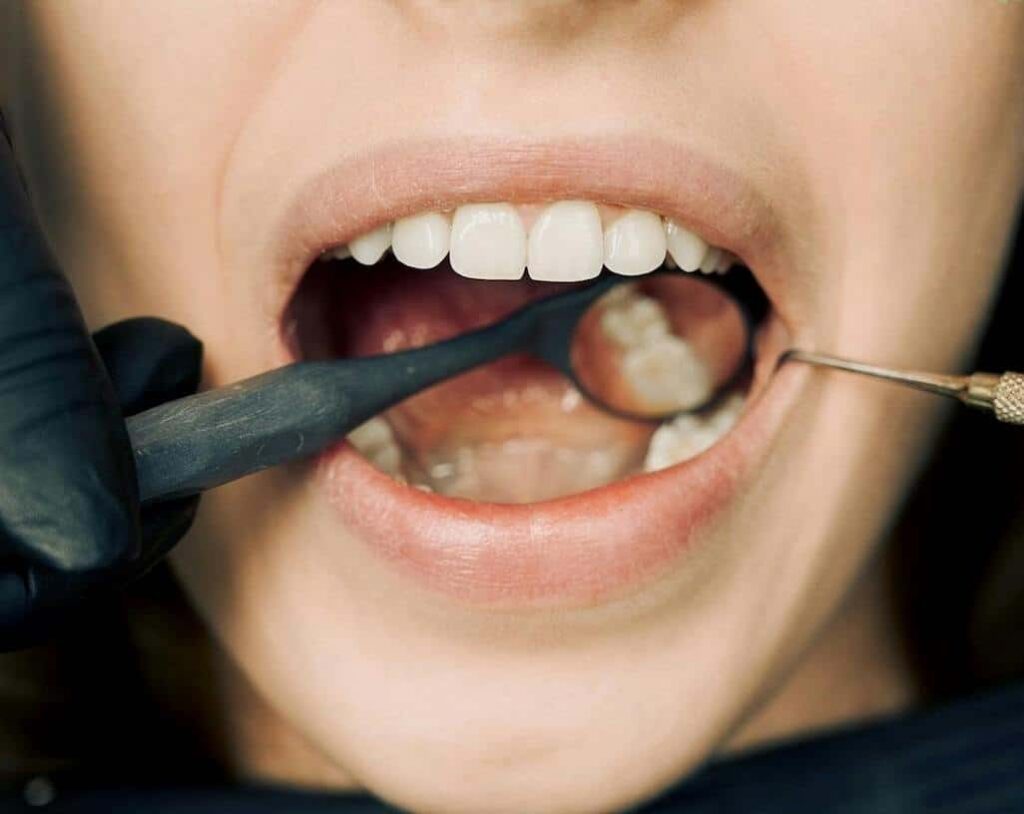Tooth structure preservation is a top priority for any dentist when dealing with damaged or decayed teeth. While there are instances where extraction and replacement might be necessary, dentists strive to keep natural teeth intact whenever possible. They employ various methods to protect and maintain your natural tooth structure, ensuring the best possible outcome for your oral health.
If you currently have a decayed or damaged tooth that requires treatment, take a closer look at why it’s so important to maintain that tooth whenever possible.
Protecting Your Natural Teeth
There are many reasons why you will want to do everything you can to protect your natural teeth. Avoiding expensive dental care and preserving your beautiful smile are two of the most obvious, but there are other reasons that may surprise you. For instance, teeth don’t have much ability to protect themselves once their initial defenses have been compromised. Decay doesn’t heal on its own, and damaged teeth cannot regrow. In fact, both of these issues tend to worsen over time. That’s why even minor issues with the structure of the tooth should be addressed as quickly as possible.The Structure of a Human Tooth
A human tooth is composed of a few basic elements. Those elements include:Enamel
Enamel is the hard protective layer on the outside of the tooth. It’s the hardest substance in the human body, but once it is lost, it cannot regrow.Dentin
Beneath the enamel is a layer called dentin. If this layer is exposed to the elements, it can cause sensitivity to hot and cold and an increased risk for decay.Pulp Chamber
Inside the tooth is a chamber filled with connective tissue known as pulp. A tooth infection is when the pulp becomes exposed to bacteria and spreads to the tissues around it.Cementum
Cementum is a hard connective tissue that protects the tooth root. It also binds the root to the gums and jawbone.How Dentists Can Preserve a Tooth
There are many avenues to explore when it comes to tooth preservation. Take a closer look at some of the most common.Fillings
A dental filling is used to protect a tooth from decay. It’s most often made from metal amalgam or a tooth-colored composite resin.Bonding
Bonding involves the fusion of a composite resin material to chipped teeth to restore both form and function. Bonding also helps protect the tooth from decay or further damage.Inlays and Onlays
Damaged tooth structure can be restored with inlays and onlays. Onlays restore the bite surface on the outside of the teeth and inlays fill in the area between.Crowns
A badly damaged or decayed tooth may require a crown. Crowns are protective caps that look and feel like natural teeth. The remaining tooth structure is prepared, and a crown is then custom-fitted over it.Root Canal Therapy
An infected tooth can often be preserved through root canal therapy. This involves your dentist accessing the inside of the tooth to remove infected pulp and disinfect the pulp chamber. After sealing the tooth, your dentist may place a crown over it for further protection.Protect Your Teeth With Pinnacle Dentistry
At Pinnacle Dentistry, we provide exceptional care to meet all of your dental needs in Colorado Springs. Contact us to schedule an appointment to protect your oral health today.FAQs: The Importance of Preserving Natural Tooth Structure
Why is it important to preserve natural tooth structure? |
Preserving natural tooth structure is important because it maintains the strength and function of the tooth, reduces the risk of complications, and helps retain the tooth's natural appearance. |
What are the benefits of keeping natural tooth structure intact? |
Benefits include improved oral health, better bite alignment, enhanced aesthetics, and reduced need for extensive dental treatments in the future. |
How does preserving tooth structure affect dental restorations? |
Preserving tooth structure provides a better foundation for dental restorations, resulting in more durable and stable restorations. |
Can preserving tooth structure prevent tooth loss? |
Yes, by maintaining the integrity of the tooth, the likelihood of tooth loss due to decay or damage is reduced. |
What dental procedures help preserve tooth structure? |
Procedures like minimally invasive dentistry, use of dental sealants, and conservative fillings help preserve as much natural tooth structure as possible. |
How does preserving tooth structure improve oral health? |
It prevents unnecessary removal of healthy tooth tissue, reduces the risk of tooth decay and infection, and maintains overall oral function. |
What role does diet play in preserving natural tooth structure? |
A balanced diet rich in calcium and vitamins helps strengthen teeth and gums, reducing the risk of decay and structural damage. |
Can regular dental visits help in preserving tooth structure? |
Yes, regular dental check-ups allow for early detection and treatment of issues, preventing extensive damage to the tooth structure. |
What is minimally invasive dentistry? |
Minimally invasive dentistry focuses on performing the least amount of dentistry needed while preserving as much natural tooth structure as possible. |
How does the use of dental sealants contribute to preserving tooth structure? |
Dental sealants protect the chewing surfaces of the back teeth from decay, reducing the need for fillings and other restorative procedures that may remove tooth structure. |



